National Institutes of Health Global Health Research Program
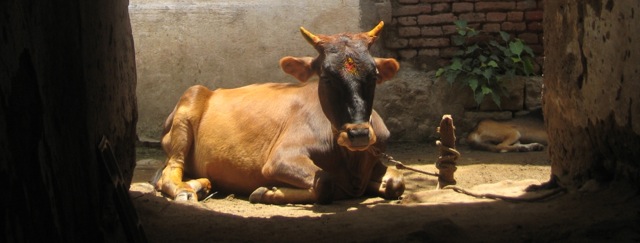
A friendly double tap on the horn let me know that Rajiv was here. I downed the rest of my stove top coffee, threw on my backpack and Chacos, and ran down the stairs from my apartment.
“Kaalai vanakkam, Elliott,” he called out from the little Yamaha motorbike.
“Vanakkam!” My Tamil was pretty limited, but at least I had the basics down after a few months in the little city of Vellore.
I jumped on the back of the bike and we rushed into the crazy morning traffic on our way out of town. The tiny two lane dirt road was packed with big old city buses, 12 passenger vans, rickety yellow rickshaws, bicycles, pedestrians of every age, and countless stray dogs, cats, goats, and chickens.
Oh, and I can’t forget the trash. Trash everywhere, along with human waste of the more natural kind. The scent ripened with the hot morning sun, and the flies buzzed happily above the open sewage channels.
There was still something beautiful about the whole scene, though. This was human life in all its crowded urban glory.
After a few minutes we had left the city behind and were now surrounded by flooded green rice paddies, lush with a new crop and being tenderly worked by barelegged men and their lowing oxen. The road was now lined with coconut palm trees, and the trash had thinned out considerably.
The roads and houses got smaller as we motored along for another twenty minutes or so, finally pulling up to a little compound surrounded on three sides by hardened mud and plaster homes. Children and animals of all types and ages ran in and out of the little doors, and we hopped off the bike and called out to let the mothers know we were here. Three women in colorful but well-worn saris came out to meet us, offering chai in tiny white plastic cups.
Along with the spicy milk tea, they handed us Ziploc bags filled with the week’s samples. Samples of what, you may ask? Well if you must know, they were daily samples of their own children’s’ feces and of the calf manure produced by the sacred but hard-working bovines that cohabited so intimately with them.
These families had graciously agreed to participate in my study, even though they probably would not receive much in the way of any direct benefit themselves. I was trying to help the medical community come to a better understanding of the relationships involved in two diseases that both children and young cows suffer from. Basically, I wanted to see if the kids and the calves were being infected with the same types of Cryptosporidium and Giardia, two serious causes of childhood diarrhea around the world.
So what was I doing in this little corner of southern India? I spent nine amazing months there from 2007-2008 as a Fogarty International Clinical Research Scholar. This fellowship program was funded through the National Institutes of Health and was basically set up to provide doctoral level students opportunities to train with and conduct worthwhile public health research in developing countries around the world.
I had been dying for a break from vet school, and I was seriously considering doing something a little crazy like signing on with a sailboat that was making its way around the South Pacific. After many hours researching online and talking with some veterinary mentors, however, I realized that I could get the same type of unique international experience but do it while better contributing to my own development and career progression. I ended up applying for several international research programs and got selected for two of them. Don’t worry, I’ll share lots more details about how I was successful with that in future posts.
One cool thing about the whole thing is that I was the first veterinary student to ever be selected for the program, so I got my first little taste of what it’s like to be a trailblazer. I also realized for the first time that people were really captivated by the story of a veterinarian (or vet student, in this case) who was interested in doing something a little different with his veterinary training.
Most of the physicians and epidemiologists who I interviewed with and then worked alongside had never even considered the role of a veterinarian in the study of zoonotic infectious diseases. I loved being able to describe my interests and goals and also elaborate on how I could really add to the expertise they were already bringing to the problems at hand.
I knew that I had the same foundational scientific knowledge as them. Where they had gone from that foundation into the specifically human manifestations of and treatments for disease, my years of training had focused instead on the animals that often played host and vector for the organisms that actually caused the diseases. We need both approaches to really understand and reach effective solutions for the big public health questions in our world today, and I was honored to play some small role in paving the way for other vet students into the exciting field of global health.
Since that time, several veterinary students have been selected for the program each year, continuing to forge ahead in the collaborative research environment that is so vital for all of our interests. The program just received a new round of $20 million from NIH, and it was restructured and renamed the Global Health Program for Fellows and Scholars. You can find more information at the link here, and applications for next year are currently open!
The fellowship provides more than enough money to cover all expenses and tons of extra travel for the year: I took several trips all over India and also went a little further afield into Southeast Asia and even to visit a friend in Europe. I think you would be hard pressed to find a vet school administration that would not be totally helpful and supportive of your desire to do something like this, even if it does mean taking a year away from the normal veterinary curriculum.
I came back from my year abroad rejuvenated and excited for my year of clinical rotations ahead. Instead of being burned out by the tough course load from those first three years of vet school, I was inspired and ready to finish out my training and continue my path ahead into the wide world of veterinary medicine.
Please comment here or e-mail me if you have any more questions or would like me to help you think about your application, read over your essays, etc. I’m totally serious. I would love to make it possible for more vet students to step into these kinds of opportunities, and this is what this website is all about.
Good luck!
[google-map-v3 width=”350″ height=”350″ zoom=”3″ maptype=”roadmap” mapalign=”center” directionhint=”false” language=”default” poweredby=”false” maptypecontrol=”true” pancontrol=”true” zoomcontrol=”true” scalecontrol=”true” streetviewcontrol=”true” scrollwheelcontrol=”false” draggable=”true” tiltfourtyfive=”false” addmarkermashupbubble=”false” addmarkermashupbubble=”false” addmarkerlist=”Vellore, India{}university.png{}Fogarty Fellowship #http://www.elliottgarber.com/national-institutes-of-health-global-health-program/#” bubbleautopan=”true” showbike=”false” showtraffic=”false” showpanoramio=”false”]


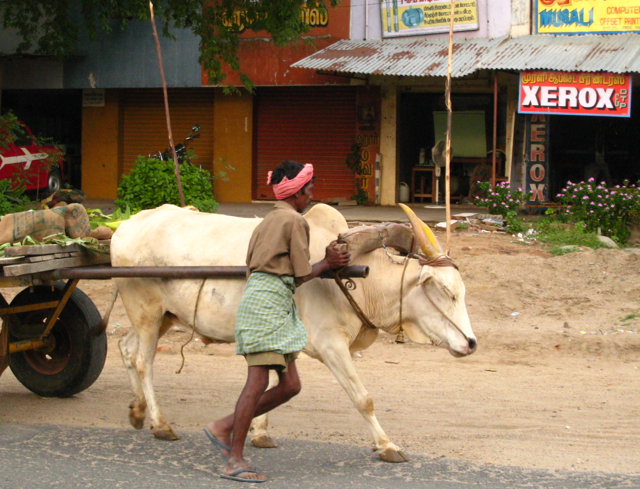
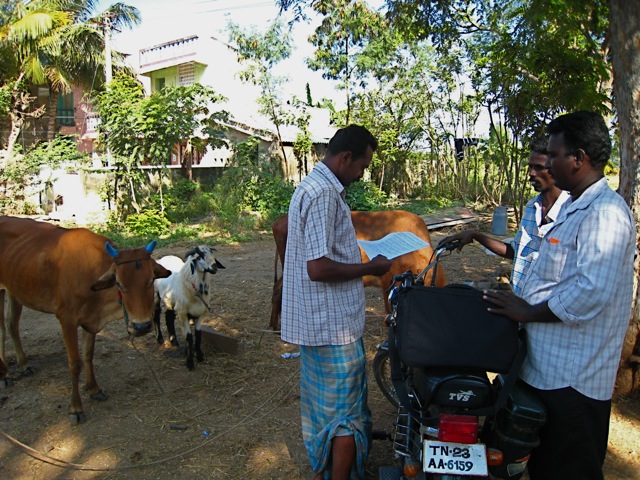
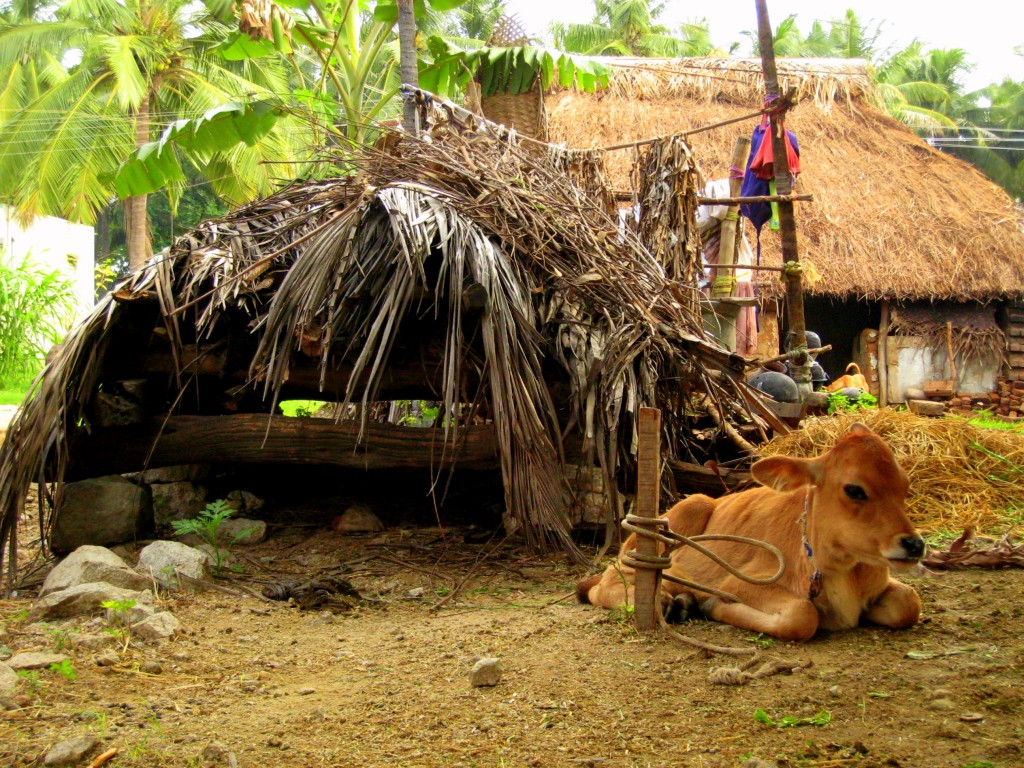

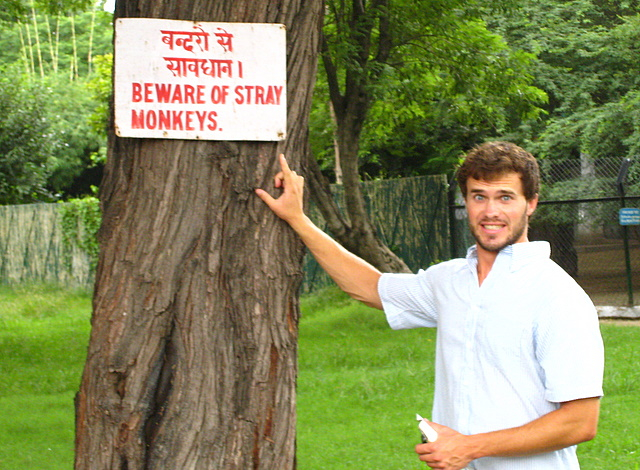
Comments
thanks for sharing this Elliott….very encouraging to see the wonderful work you are doing.
Hi Elliot! Your blog has been a huge inspiration to me! I found it last year, during my first year of veterinary school at Oregon State, and it has helped me come up with so many ideas for the future. My dream job is to combine veterinary medicine and public health to work for the CDC’s Epidemiologic Intelligence Service or something similar around the globe. I would love to take a year off and do this NIH program, but I’m not sure anyone in my school has ever taken a year off for a research sabbatical. How were you able to do this at Tufts? And do you have a recommendation for when to do it? Thank you for making this blog and being extremely helpful to us wannabe uncommon vets!